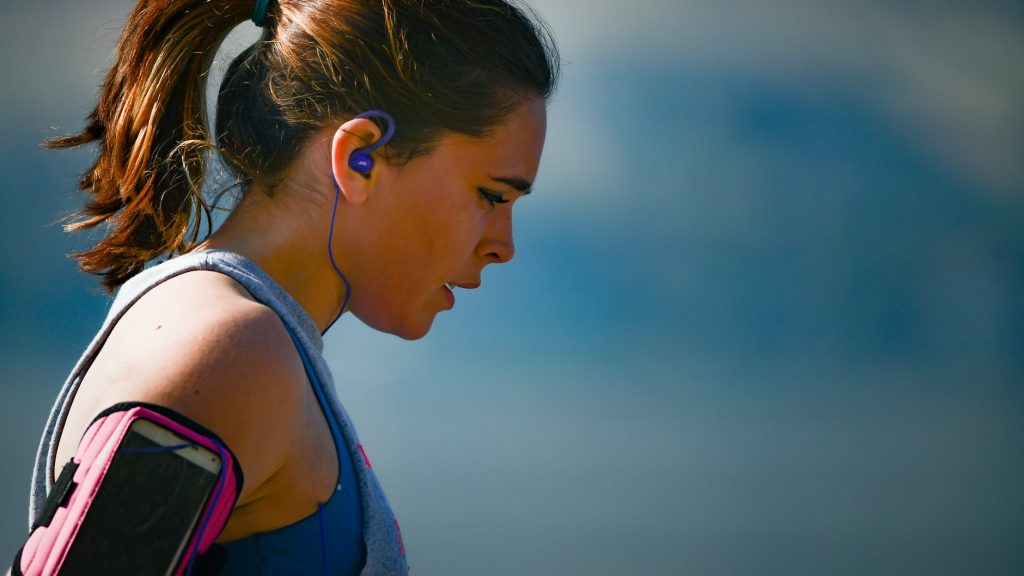- Spinal Cord Stimulation Systems to Treat Chronic Pain
- Starting a New Regimen with a Spinal Cord Stimulator
- Restrictions
- Discuss the SCS with a Spine Specialist

A spinal cord stimulator is a device that is implanted in the body and is designed to decrease pain. Since it is implanted, patients must learn to live full-time with the device. Used to help control spinal pain, it is natural to want to return to an active lifestyle that includes exercise, but it is also important to adhere to restrictions as explained by the physician.
Spinal Cord Stimulation Systems to Treat Chronic Pain
Spinal cord stimulation (SCS) is used when other non-surgical pain treatments have not provided enough pain relief. It is used to help people with a variety of conditions that cause chronic pain. They include but are not limited to:
- Back pain that has not been eased by other treatments including surgery
- Angina (heart pain)
- Spinal cord injuries
- Peripheral vascular disease
- Persistent pain after surgery
- Arachnoiditis (inflammation of the thin membrane covering the spinal cord and brain)
There are other situations in which SCS is used, but these are some of the most common. There are different types of systems, but they work on the same principle. Electrodes are surgically placed between the vertebrae and the spinal cord. A generator (battery pack) is surgically placed under the skin. Patients use a remote control to trigger electrical pulses for pain control as needed.
Starting a New Regimen with a Spinal Cord Stimulator

Since the spinal cord stimulator provides some pain relief, patients are anxious to return to an active lifestyle. Pain has usually forced people to give up some activities they enjoy due to chronic pain, and now they want to get active again.
You can exercise with a spinal cord stimulator, but it is important to go slow. After the device is implanted, you need to avoid bending, lifting, twisting, and stretching to give the body time to heal. You can do light exercise, like walking. In fact, walking with help build physical strength for overall good health.
A typical plan for exercise after spinal cord stimulator implantation is as follows:
- 3-7 days: Start basic trunk stabilization exercises the first week to activate core muscles; do safe home exercises that include mini squats, standing heel raises, marching in place, and stepping up and down (can use a small step)
- Second through the fifth weeks – do general conditioning exercises that target the lower extremities; do exercises targeting the upper body, but always remain below shoulder height; walk each day
- Sixth and eight weeks – add non-cardiovascular pool exercises to continued exercises for core strength and improved general conditioning
- After eight weeks – return to regular work and recreational activities, but continue a regular exercise program
You can participate in many low physical stress exercises, like walking and gardening. You can swim with a spinal cord stimulator. You may be advised to avoid cardiovascular exercises like jogging and sports activities such as tennis because they may cause the leads to shift. Check with your doctor before doing cardiovascular intensive swimming. Some people are able to return to higher stress exercise routines, and every situation is different.
Restrictions

The spinal cord stimulator activity restrictions have three goals. One is to protect your safety. The second goal is to protect the equipment. The third goal is to limit activities that are more likely to cause lead (wire) movement. The following are some restrictions.
- When you drive with a spinal cord stimulator, turn off the SCS because changes in electrical impulses can cause a distraction
- Same is true for operating heavy equipment – turn off the SCS
- By powering off the device, x-rays and CT scans with an SCS are usually safe, but always inform the medical professional you have an implant
- MRIs may not be safe because not all stimulators are MRI compatible
- Keep bank or credit cards, computer disks, and other digital encoded items away from the stimulator’s control device magnet, or they may be demagnetized
- Carry the card a doctor will give that says you have an SCS because the device may set off anti-theft devices and metal detectors
It should be noted that a temporary device is implanted first to make sure it will help your pain, but the generator or battery pack is not implanted. It is left outside the body and carried in a belt pack. After the test week, a permanent spinal cord stimulator is implanted if you experience decreased pain. The slow return to normal activities is intended to give the spinal cord stimulator leads and incisions time to heal.
Discuss the SCS with a Spine Specialist
Most people report they do benefit from spinal cord stimulation because pain is reduced. It is not a procedure suitable for all patients experiencing pain. The first step is to discuss the possibility of an SCS as a pain treatment with your spine specialist.
